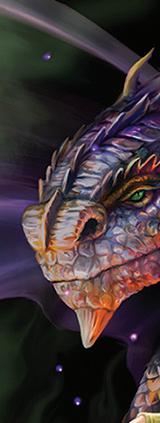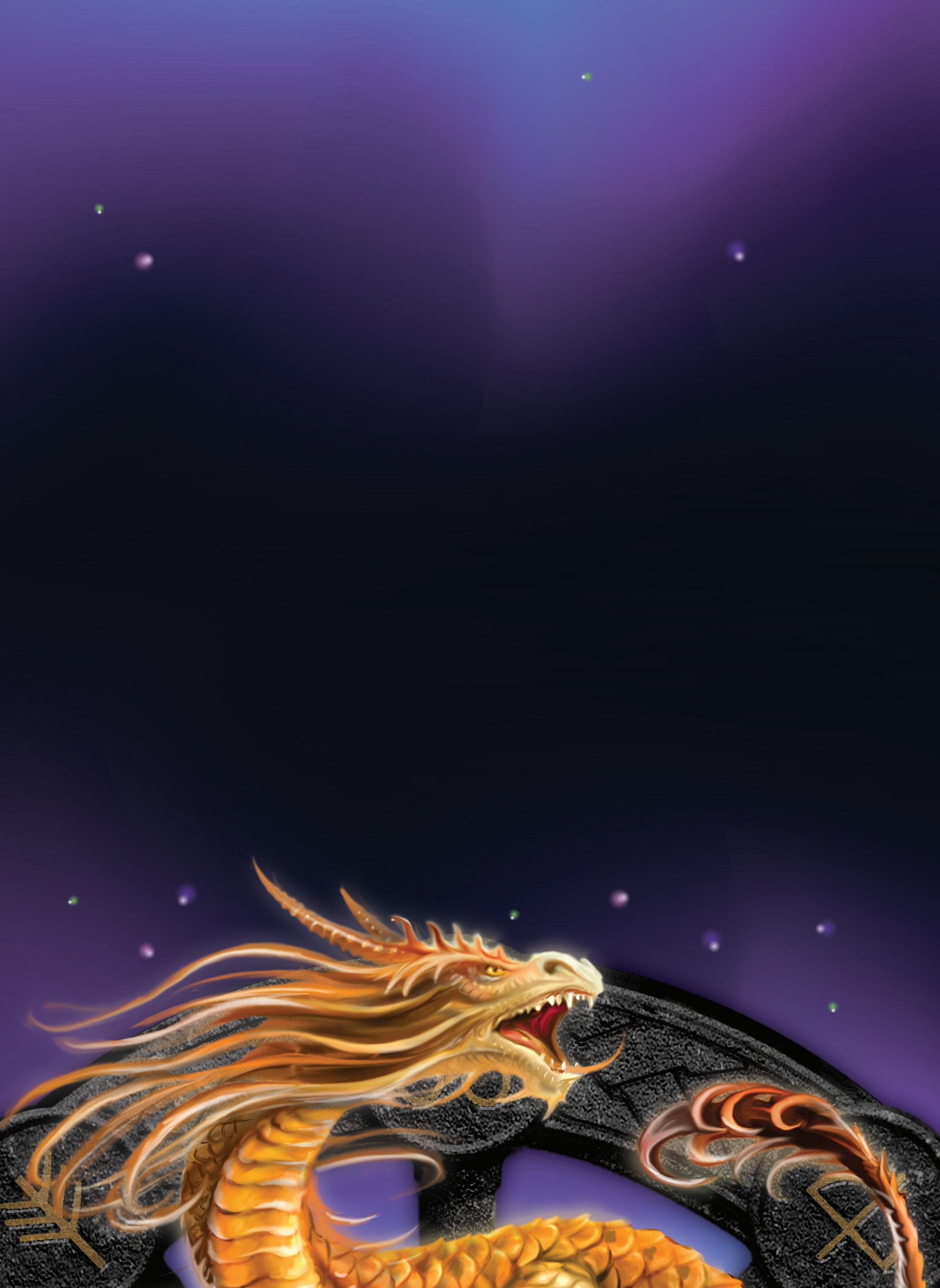INTRODUCTION SEEKING DRAGONS
hat does it mean to “seek dragons”? How are dragons related to spiritual growth and transformation? How does seeking dragons relate to the old adage “sowing the dragon’s teeth”? For that matter, what is “sowing the dragon’s teeth”? Within this book, these questions are explored from an esoteric perspective. More to the point, this book is about dragon magick and working with dragon energy. It is intended as a guide for those who sense something mysterious and wise about dragons, and who want to work with that energy in a focused, magickal practice.
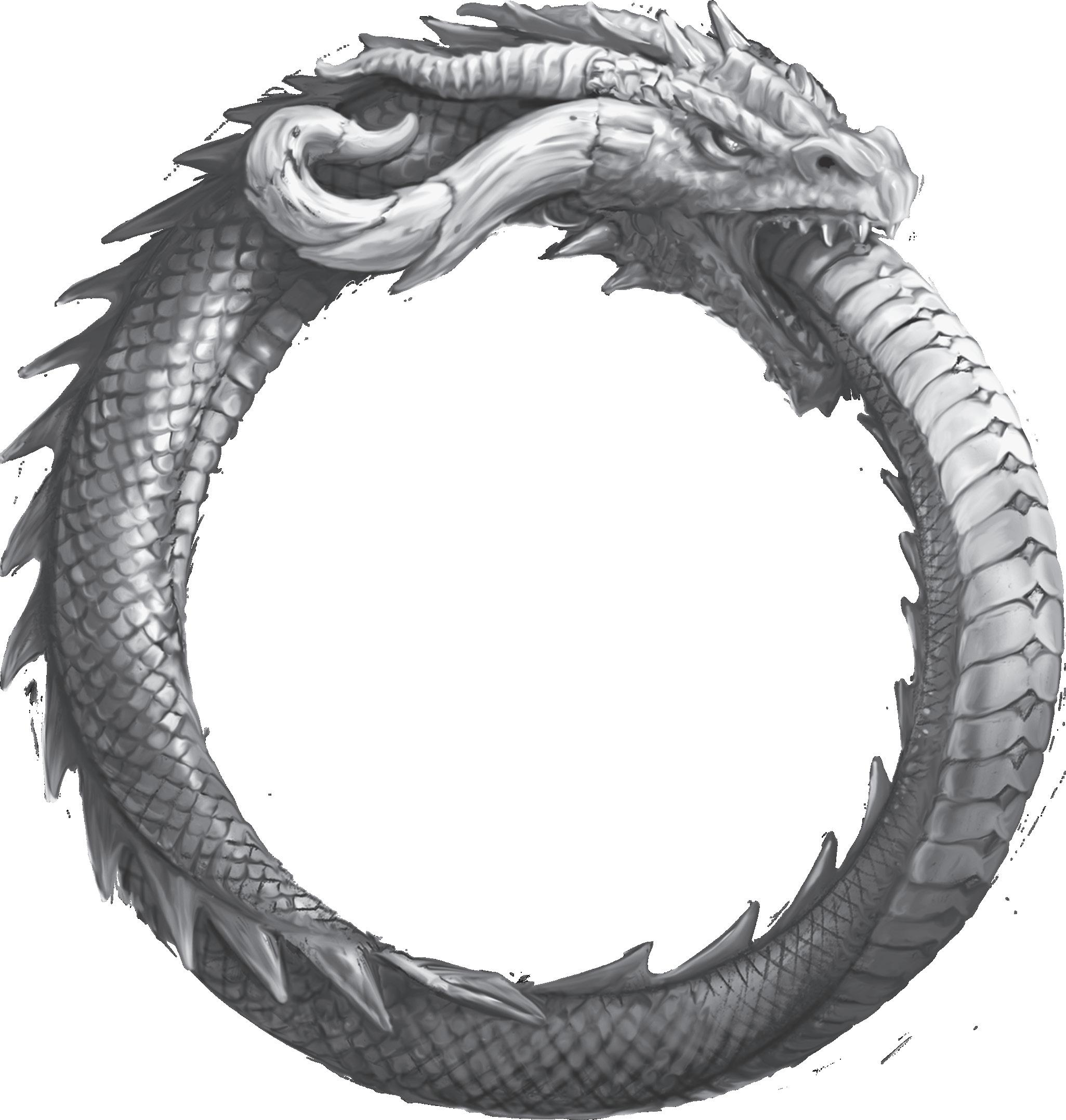
1
I have been working with dragon energy for over twenty-five years. It all started with a love for the dragon myths and folklore that I heard and read when I was quite young. The dragon that I first loved was Puff the Magic Dragon. I heard his song at a very young age, and it led me to many fantastical adventures. I loved to visualize a big, friendly dragon frolicking and playing along the seashore with a young child. Rather than “little Jackie,” the child, of course, was me. I imagined that Puff was my powerful and faithful protector; no one was going to threaten me with a big dragon at my back!
Years later, as a young adult, I adopted a Neopagan spiritual path, and I made a new and wonderful discovery: not only could I touch and work with dragon energy in a magickal sense, but the dragons were very reciprocal to the energy partnership! What followed for me was (and still is) an esoteric path of energy work and spiritual growth inspired by and partnered with dragons. My personal dragon magick path is based on Scandinavian dragon lore and relies on a kinship with the energy of ice and snow. However, you will discover your own path with your own dragon companions as you practice dragon magick. As you establish your own dragon practice, seek to adapt your techniques and tools to your dragon allies and experiences.
SOWING THE DRAGON’S TEETH
The original meaning of this phrase is to take action in an attempt to prevent problems, which in turn causes the problems. Esoterically, I think this phrase is deeper than that. Seeking dragons, working with their energy, and entwining their energy with your own is sowing the dragon’s teeth. Simply put, by doing this type of energy work, you will be transformed, as will the energies with which you interact. There is dragon folklore included in this text that is designed to illustrate through story how others have experienced sowing the dragon’s teeth.
Many of the deep secrets and much of the magick of the dragons can be discovered in the same folktales that have been told for centuries. These myths, folktales, songs, and poems hold the mysteries from and about dragons that have the potential to open the path to spiritual transformation and growth. As these mysteries are more often than not rather cleverly hidden,
2 IntroduCtIon
I will demonstrate my methods for how to recognize the clues and find the key to unlocking them.
This first folklore selection is a familiar Greek tale from the ancient world, a tale of how a young man’s encounter with dragon energy transforms him and his world.
Folklore: Cadmus and the Dragon’s Teeth
The tale of Cadmus and the Founding of Thebes includes a specific sowing the dragon’s teeth episode. The Ismenian Dragon was a Greek dragon that guarded a sacred spring in ancient Greece. Like many of the Greek dragons, he was massive in size and mighty in strength. The Greek poet Ovid describes him as able to raise his head above the highest tree that grew near the spring of Ismene. He was the son of a god as well. A deadly and dangerous dragon, he also had venom, three rows of teeth, and a forked tongue.1
The destiny of the Ismenian Dragon is connected and, in fact, dependent on the actions and decision of Cadmus. Cadmus’s tale is quite different from that of another Greek dragon hero, Jason of the Argonauts, who also sows the dragon’s teeth. (We will explore Jason’s tale in another chapter.) While Jason was tasked with a steady line of quests that were designed to either kill or elevate him, Cadmus is tasked by the Greek god Apollo with the founding of a city; he is appointed by the gods to be a king, the co-creator of a dynasty. Cadmus’s dragon tale begins as he is sent out into the world to find his missing sister, Europa, who had been abducted and hidden by Zeus. He can’t go home without her, and once it becomes clear that he won’t be able to find her, Cadmus visits the Oracle at Delphi to ask the priestess where he should live. The Oracle tells him that the god Apollo wants him to establish a new city of mighty warriors. The Oracle tells Cadmus that he will encounter a cow and he is to follow this cow until it stops. There, where the cow stands, Cadmus must build a city.
Cadmus does encounter a cow and follows the beast until it stops. Cadmus immediately begins to build an altar to Jove. He tasks a few of his traveling companions to fetch some water so they could prepare a proper sacrifice. The
IntroduCtIon 3
1. Ovid, “Book 3,” in Metamorphoses (New York: Penguin Classics, 2004), n.p.
companions dutifully set off and soon discover a nearby well. Unfortunately (for them), the well is fed by none other than the sacred spring of Ismene. And the spring of Ismene is dutifully guarded by the Ismenian Dragon, a son of Ares.
Cadmus’s companions are quickly and effectively slain by the monstrous serpent dragon. When they do not return with the water, Cadmus goes in search of them to discover what has delayed them. Near the spring, he finds what remains of their broken bodies. Angry, Cadmus attacks the dragon with a savage fury. It is said that Cadmus used both sword and spear in his attack, but it was the blade that finally felled the son of Ares. Cadmus then took the water from the sacred spring and made his offering.
Ares was angered that his son, the Ismenian Dragon, had been killed, while Athena was apparently quite undisturbed by the dragon’s death. In fact, she makes a personal appearance and advises Cadmus to do something else with the dragon: cut out the teeth and sow them on the nearby ground. Obediently, if still more than a bit bewildered, Cadmus ploughs the ground and the dragon’s teeth are planted.
It does not take long for the sons of the dragon’s teeth to emerge from the earth. Cadmus, much like his counterpart Jason, knows that he alone cannot defeat these mighty warriors. Athena aids Cadmus again by handing him a single stone. Athena tells him to throw it at one of the warriors and then wait.
Cadmus throws the stone and strikes one of the warriors on the head. The warrior is angered by the blow. Thinking that one of his brothers has attacked him, he lashes out. A bloody fight follows, and the brothers battle until the sun sets. When the day is done, as Cadmus looks on, only five of the warriors remain. Athena then advises Cadmus to approach and speak to the warriors. She urges Cadmus to invite them to join him in founding a new city, which he will name Thebes. Cadmus does as the goddess says despite being acutely aware that the warriors could slay him at any moment. Much to Cadmus’s relief, the surviving warriors agree.
Thus, the mighty city of Thebes was founded by five sons of the dragon’s teeth and the slayer of the Ismenian Dragon, Cadmus. The chaotic energy in this sowing of the dragon’s teeth was managed to select the strongest of the
4 IntroduCtIon
warriors and let their strength be the foundation for a dynasty. Oddly, Ares seems to have forgiven Cadmus for killing his dragon son. The god offers his daughter, Harmonia, to be the new king’s bride.2
Athena, meanwhile, does another curious thing: She had not given all of the dragon’s teeth to Cadmus to sow; in fact, she had only given him half. The other half she gifted to the king of Colchis. There, the teeth of the Ismenian Dragon await the arrival of Jason.
The energy of the Ismenian Dragon did not stop with the dragon’s death. Clearly, his teeth were a potent source of energetic potential. Cadmus carried the dragon’s energy with him. Indeed, the residual energy from slaying the dragon seems to have given seed to guilt for taking the dragon’s life.
As he grew older, Cadmus became weary of his life in Thebes. He felt no joy and was restless. He and Harmonia left Thebes and walked the Greek lands aimlessly. Yet, no matter how far they traveled, the old king could not escape the burden that weighed heavily upon him: He wondered if all those years ago, when he had slain the Ismenian Dragon, had he done wrong? Had Ares truly forgiven him?
When Cadmus finally voiced his regret and sorrow, he made a startling declaration: if killing the dragon had been wrong, then he wanted to spend the rest of his mortal life as a dragon. As soon as he spoke the words aloud, Cadmus and his wife became small serpents. The Ismenian Dragon’s destiny had been fulfilled, while Cadmus and Harmonia were just beginning their journey as dragons.
DRAGON ENERGY WORK
At the heart of this type of energy work is a practice of ritual and meditation that is solely focused on dragons. The wisdom, knowledge, and energy from the dragons can aid us in awakening our higher selves. Each chapter contains at least one meditation, exercises, and suggested journal responses. It is not a prerequisite for the reader to be a formally trained practitioner of any sort, as the book provides methods for creating sacred space, making an altar, and conducting a ritual.
IntroduCtIon 5
2. Ovid, “Books 3 and 4,” n.p.
Within these pages, you will discover deep meditations that are designed to connect you with these ancient energies. We will explore the path of transformation—for dragons and humans—and use the paths of those who have gone before us as a guide for our own journey.
The meditations, rituals, and other workings included in this text are relatively simple; in fact, it is intentional that any preparation is minimal, allowing the focus to be on the experiential aspects. The spells are included in appendix B, while the meditations are included at the end of each chapter.
SOWING THE DRAGON’S TEETH IN A MAGICKAL PRACTICE
Working with dragon energy will be addressed in more detail in chapter 1. You will learn the preparation techniques for interacting with dragon energy, which include the esoteric concept of simple sacred space. Creating sacred space can be done with quiet, focused thoughts and gentle, relaxed breathing. The meditations in this book follow a certain motif that you will come to recognize. In order to better focus on your experience, it is advised that you record the meditations included in this book or have someone that you trust read them to you.
EXERCISES AND JOURNALING
Throughout this book you will also find esoteric exercises that coincide with each chapter’s theme. The exercises are designed to enhance and empower dragon connections through simple interaction with energy. This is an experiential area of study, so to speak, and akin to a lab-type practice. Recording your experiences as you engage with dragon energies can be a very rewarding and productive tool. After each meditation, there are suggested journal entries. If you already keep a journal, you can simply add these entries. If you are not a journal keeper, I strongly encourage you to do so and keep the journal close to you.
DRAGON ARCHETYPES AND FOLKLORE
In my own seeking of dragons, I have discovered and now recognize dragon energy archetypes. Each archetype has a very specific energy, color, sound,
6 IntroduCtIon
and vibration. We will delve deeply into the archetypes and demonstrate how to work with each one in a respectful, safe, and productive manner.
What about serpents? Are the serpents from various myths and legends synonymous with dragons? This is a question that I have wondered in the past, and I still, on occasion, do ponder. However, for the purpose of this text, it is necessary to briefly explain my interpretation and my use of the word serpent in this book.
Serpents that are generally included in dragon legend, myth, and even historical text do seem to originate from a particular geographical area, namely the Mediterranean, Middle East, and Far East. Therefore, I see the Mediterranean serpent as being no different from the Anglo-Saxon wyrm or the Norse ormr. And, since it is true that the physical descriptions of the serpent, wyrm, and ormr (and other dragon types) differ so much, I simply see them all as different species of dragon kind. In short, serpent, as used in this book, does indeed refer to a particular type of dragon.
IntroduCtIon 7
CHAPTER ONE
DRAGONS OF THE PAST
hether you “believe” in dragons or not, encountering an actual dragon in the modern physical world is not likely to happen. Seeking dragons, from an esoteric perspective, is a practice of reaching out to the spiritual realms where dragon energy and dragon spirits reside. Still, the idea of dragons being a part of the “real” world—our physical world—is exciting. As a seeker of dragons, it is a worthwhile endeavor to investigate some of these alleged real-world dragon sightings. There is certainly potential that useful information for how (or how not) to find and interact with dragons
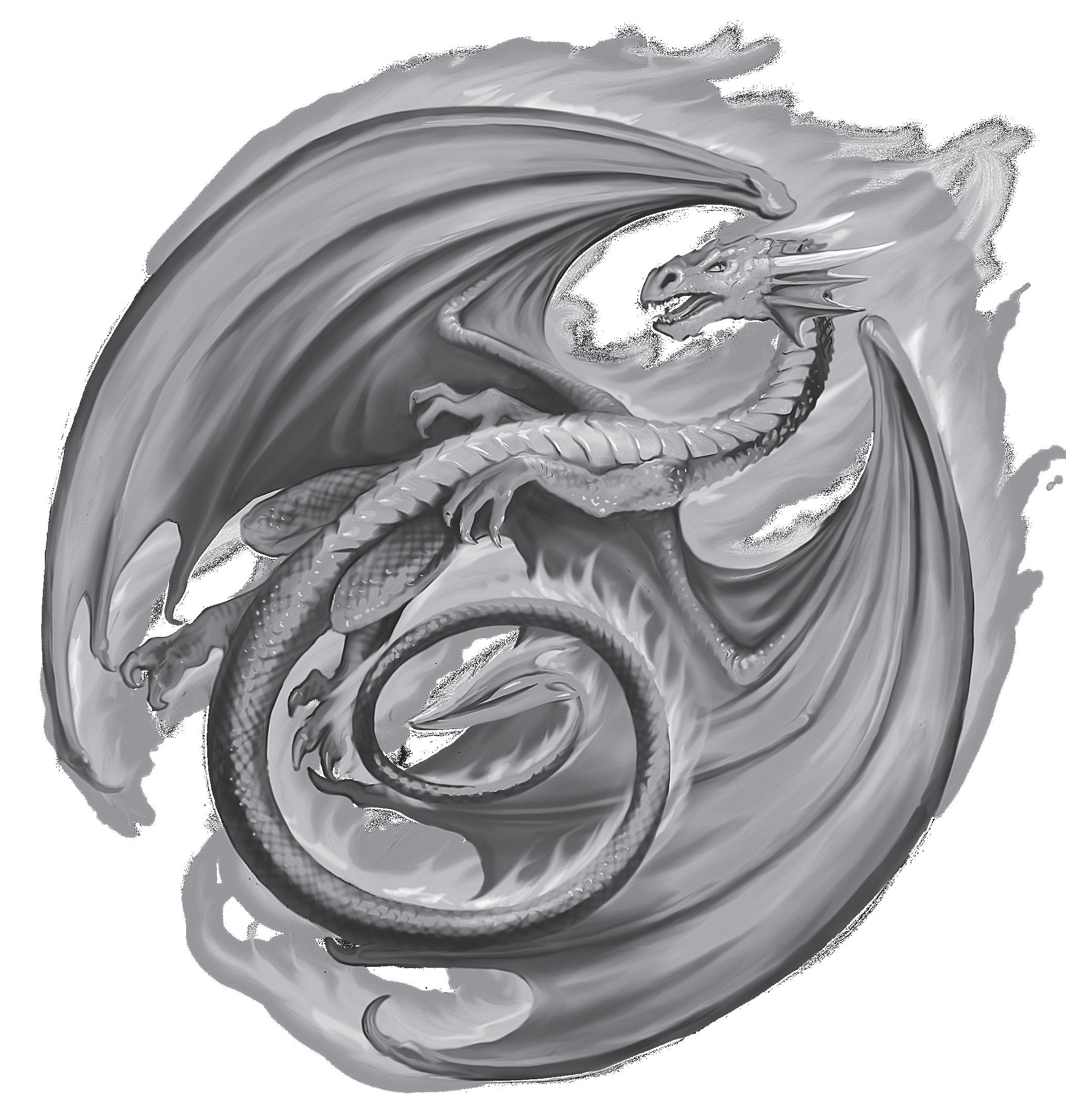
9
could be discovered. Clues about ancient dragon worship as well as anatomical descriptions exist within these writings. Although most of these dragon sightings occurred in the distant past, several are based on observations that were written by respected scholars. These witnesses describe encounters with dragons from multiple geographical locations: India, Asia, Greece, and North America. Here are a few of those eyewitness accounts.
HERODOTUS, 440 BCE
One of the oldest recorded dragon sightings comes from over two thousand years ago. In what the ancient world called “Arabia,” the “Father of History,” Herodotus, went seeking dragons. What he saw is nothing short of incredible:
There is a place in Arabia, situated very near the city of Buto, to which I went, on hearing of some winged serpents; and when I arrived there, I saw bones and spines of serpents, in such quantities as it would be impossible to describe The form of the serpent is like that of the water-snake; but he has wings without feathers, and as like as possible to the wings of a bat.3
Should we believe that Herodotus did indeed observe dragons? Consider that this curious traveler was more than just a casual tourist. The reason he was dubbed the “Father of History” by the first-century Roman statesman and writer Cicero was because Herodotus was the first known writer to use investigative methods as a crucial element for his historical writings. That being the case, when Herodotus writes of dragons and describes what he sees in such detail, it could be considered as scientific observation.
What Herodotus saw is that there were hundreds, perhaps even thousands, of winged dragons in Arabia in 440 BCE. Like the fate of other observed dragons, though, what happened to these creatures is unknown.
ALEXANDER THE GREAT, 330 BCE
Alexander the Great, son of Philip II of Macedonia, is remembered as one of the greatest military generals of all time. Tutored by Aristotle as a youngster,
10 Chapter one
3. Herodotus, The Histories of Herodotus, trans. Henry Cary (New York: D. Appleton and Company, 1904), 111.
Alexander was an avid fan of reading, history, and medicine. He became king of Macedonia at the tender age of twenty after his father was assassinated. He died very young (age thirty-two) while he was still on a military campaign in the Middle East.
It was during Alexander’s military campaign through the Middle East that he allegedly encountered a dragon in India. The description of this creature by Claudius Aelianus, a Roman author from the second century CE, provides impressive details: the dragon lives in a cave, is a massive 70 cubits, or 105 feet, in length, and has very keen vision and hearing. Alexander and his men did not see the dragon in full, but its head did emerge as the army passed the cave. The head alone apparently gave these warriors all a good fright as it stared at them and issued an ominous hiss. Aelianus recorded the incident as follows:
Now as the army passed by the cavern and caused a noise, the Serpent was aware of it. (It has, you know, the sharpest hearing and the keenest sight of all animals.) And it hissed and snorted so violently that all were terrified and confounded. It was reported to measure 70 cubits although it was not visible in all its length, for it only put its head out. At any rate its eyes are said to have been the size of a large, round Macedonian shield.4
The locals considered the dragon to be sacred and worshipped it as a god. They implored Alexander not to slay it nor allow any of his men to do so. Whether he was respecting the Indian customs or acknowledging that he felt intimidated by the massive beast (or both), Alexander agreed, and the dragon was left in peace.
It is still a mystery as to why this dragon was considered sacred and how it was honored. Nevertheless, Alexander and Aelianus do provide a very clear reference to this dragon being viewed as a deity and worshipped as such.
dragons of the past 11
4. Aelian, On the Characteristics of Animals, vol. 3, books 12–17, trans. A. F. Scholfield (London: William Heinemann, Ltd., 1959), 243, 245.
ANGLO-SAXON CHRONICLE, 793 CE
King Alfred the Great’s historical record, the Anglo-Saxon Chronicle, is a historical ledger that spans the years 1–1154 CE. Although, of course, Alfred’s chronicle is dated using the Latin anno Domini, “in the year of our Lord.” The chronicle begins in Anglo-Saxon or Old English, but the later entries are more Middle English. The actual scribes are unknown but were probably monks.
According to the entry for 793, the citizens of Northumbria had a rather dreadful and terrifying year. Dragons appeared in the sky, bringing with them angry storms. Soon after, a grim new age for England was heralded with the arrival of the Northmen in their longships at Lindisfarne Monastery. The Viking raids had begun and would continue for quite some time.
A.D. 793. This year came dreadful fore-warnings over the land of the Northumbrians, terrifying the people most woefully: these were immense sheets of light rushing through the air, and whirlwinds, and fiery, dragons flying across the firmament. These tremendous tokens were soon followed by a great famine: and not long after, on the sixth day before the ides of January in the same year, the harrowing inroads of heathen men made lamentable havoc in the church of God in Holy-island, by rapine and slaughter. Siga died on the eighth day before the calends of March.5
Dragons are not mentioned anywhere else in the Anglo-Saxon Chronicle. It is possible, of course, that the dragons in this entry are simply the result of a rather frightened witness account of the events or the interpretation of the monk who recorded it. Did the people of Northumbria imagine the dragons as they cowered from the violent storms? Were the dragons simply the figureheads on the Northmen’s longships? Or did fiery dragons, in fact, battle over the skies of Northumbria?
5. The Anglo-Saxon Chronicle: Part 2: AD 750–919, The Medieval & Classical Literature Library, accessed March 21, 2023, http://mcllibrary.org/Anglo/part2.html.
12 Chapter one
MARCO POLO, THIRTEENTH CENTURY CE
Although he may not be remembered as a respected historian such as Herodotus or Claudius Aelianus, the written record of the travels of the thirteenthcentury Venetian merchant Marco Polo nonetheless provide a very vivid account of the Far East, which at that time was a largely unknown and misunderstood part of the world. The politics, the travel routes, the culture—in fact, every facet of Polo’s journey to the East—was and still is a focused glimpse through the eyes of a man who was amazed and astounded at what he experienced. The details that he recorded provide a very visceral experience, which made his book popular both then and now.
Polo, like Herodotus and Alexander the Great, saw many spectacular and wonderous things on his journeys. Among these observed wonders of the world were dragons. Interestingly, Polo makes a clear distinction between “snakes” and “serpents,” which seems to be based on size and anatomical elements. The “serpents” had clawed feet, huge eyes, and sharp, huge teeth. Whatever it was that he saw, it frightened Marco Polo. What he recorded as a “dragon” was a creature that was able to devour men, tigers, and wolves whole.
Here are found snakes and huge serpents, [crocodiles] ten paces in length, and ten spans in the girth of the body. … The jaws are wide enough to swallow a man, the teeth are large and sharp, and their whole appearance is so formidable, that neither man, nor any kind of animal, can approach them without terror. … After eating they drag themselves towards some lake, spring of water, or river, in order to drink. By their motion in this way along the shore, and their vast weight, they make a deep impression, as if a heavy beam had been drawn along the sands.6
What Polo describes here is often identified as a crocodile; if so, it would be a crocodile of very large size. The largest saltwater crocodiles documented from modern times are approximately twenty feet or so in length.
dragons of the past 13
6. Marco Polo, The Travels of Marco Polo, trans. William Marsden, ed. Manuel Komroff (New York: Modern Library, 2001), 164–65.
Polo’s serpent is slightly larger: around twenty-five feet long with a mouth big enough to swallow a human. While most alligators and crocodiles make nests and tend to stay out of sight, Polo’s creatures lurk in caverns. While Polo does not use the word dragon in his journal entries, he does use the term serpent, which, as we have seen, is synonymous with dragon in many ancient cultures.
WHERE HAVE ALL THE DRAGONS GONE?
Herodotus, Alexander the Great, Marco Polo, the Anglo-Saxon Chronicle, and more all record what they believed to be real dragon sightings. So, if there were dragons in the physical world dating from (at least) 440 BCE, what happened to them?
Natural death or death by predator are more than acceptable explanations to this question. Certainly, humans have hunted more than one species into or close to extinction. Or perhaps dragons have the power to remain unseen, either by some mysterious, deep magick or by extremely clever camouflage. In Asia, “other qualities of the dragon were that it could change its shape and size at will and disappear or reappear wherever it wished.”7 Any or all of these answers are possible. The conclusion, though, is the same: dragons in the physical world are rare if not impossible to find. So if we seek to connect with dragons now, then we would be best served to find another method. If it is pointless to physically search, how do you seek a dragon? We will address that question in the next chapter.
DRAGONS OF THE PAST OVERVIEW
Dragons are not easy to find in any form, and even though there are records of physical dragons in our world, they have not been seen for hundreds, even thousands, of years. Despite the physical absence of dragons, we can still seek their wisdom because it is not physical dragons that we seek; it is their energy. By experiencing an energetic communion with the dragons, you are transformed.
14 Chapter one
7. Mark Cartwright, “The Dragon in Ancient China,” World History Encyclopedia, September 29, 2017, https://www.worldhistory.org/article/1125/the-dragon-in-ancient-china/.
“A must-have book ....Whether you believe that dragons are symbols, archetypes, cryptids, or extinct species, this book will lead you into realms of the mind and spirit where few mortals tread ... and you will be glad you made the journey.”
—Amber K, Wiccan priestess and author
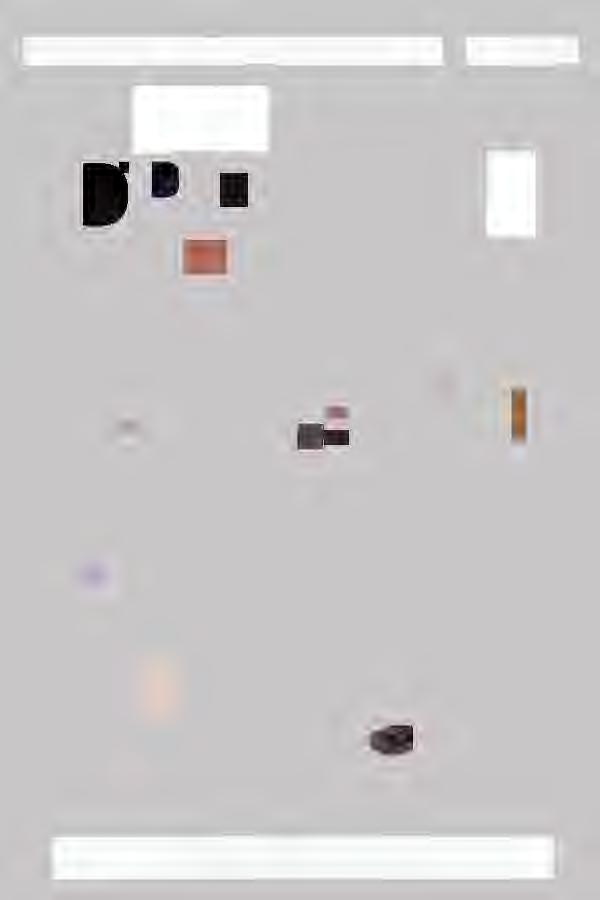

 © Virginia Chandler
© Virginia Chandler



